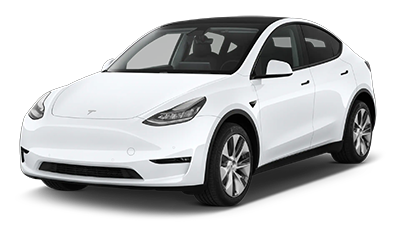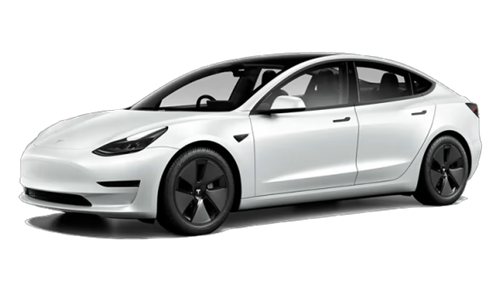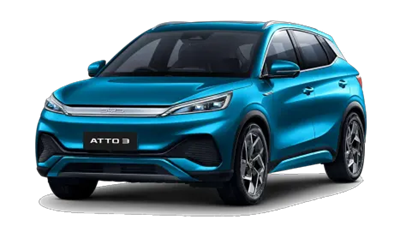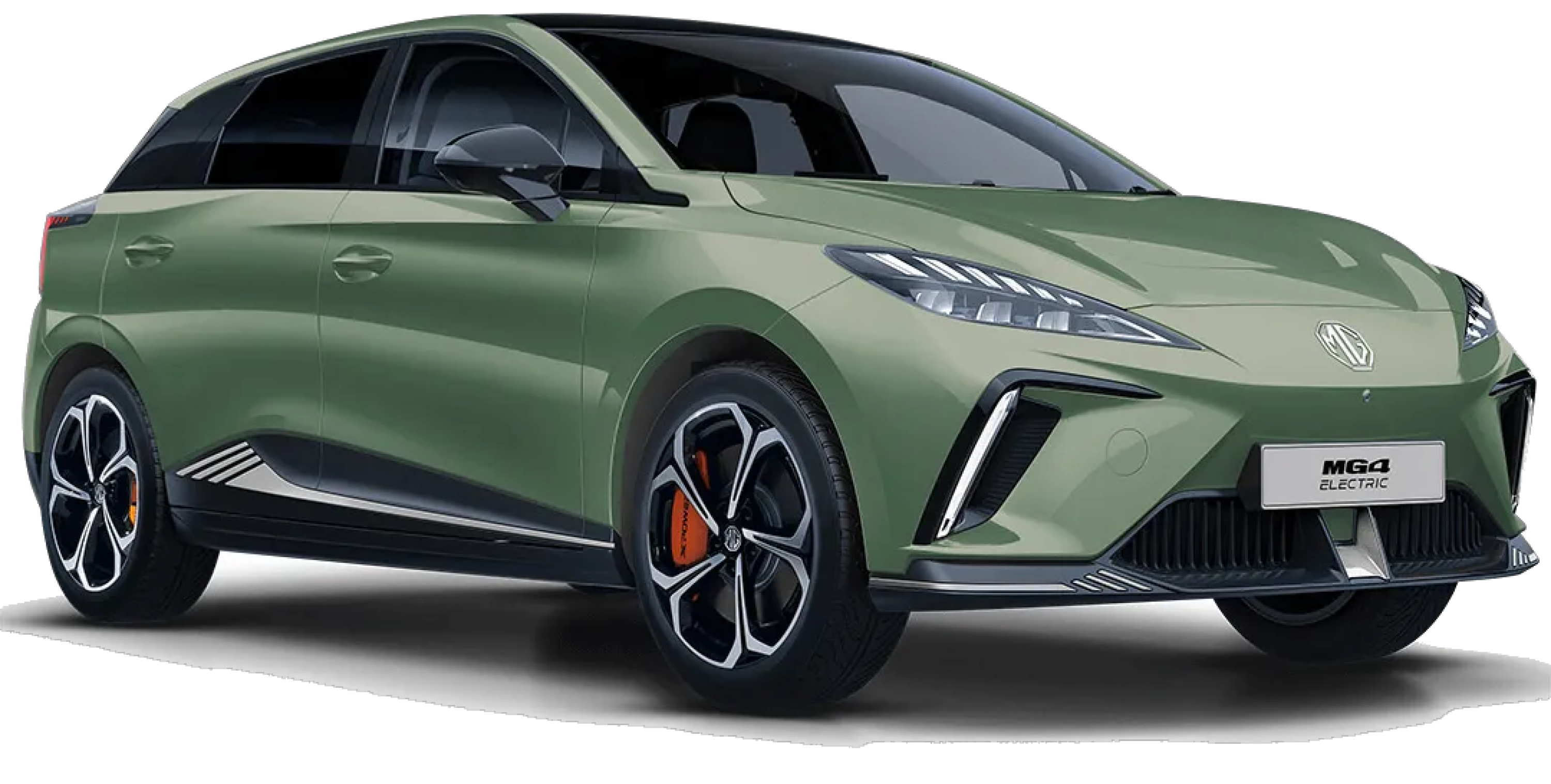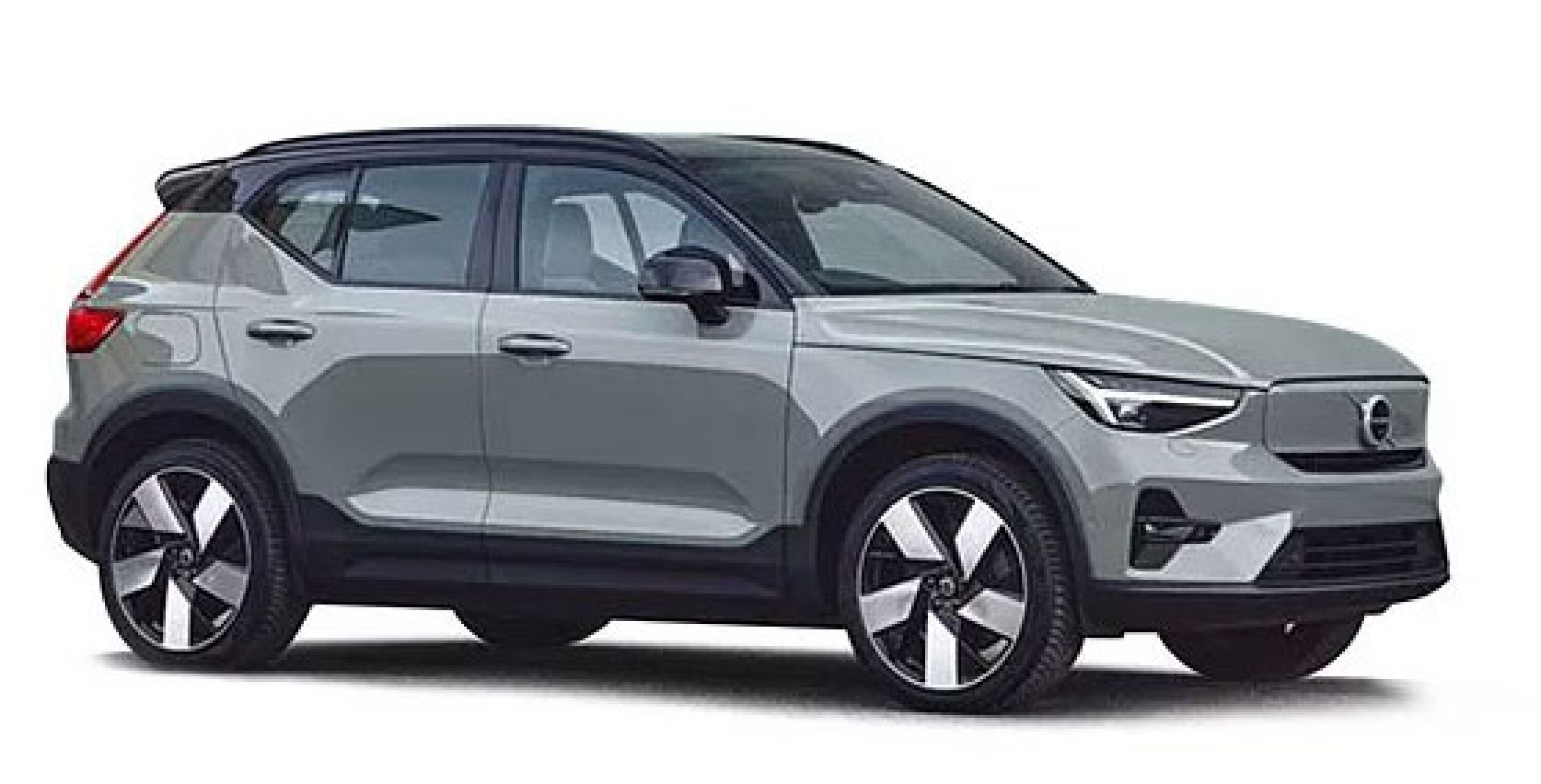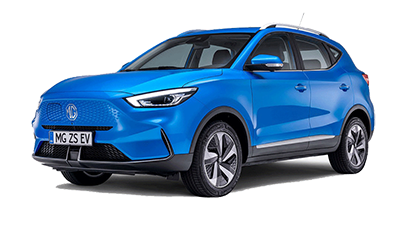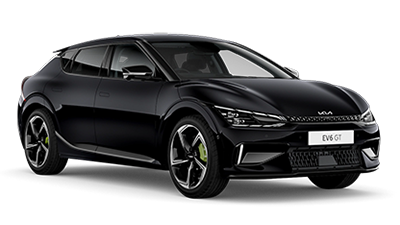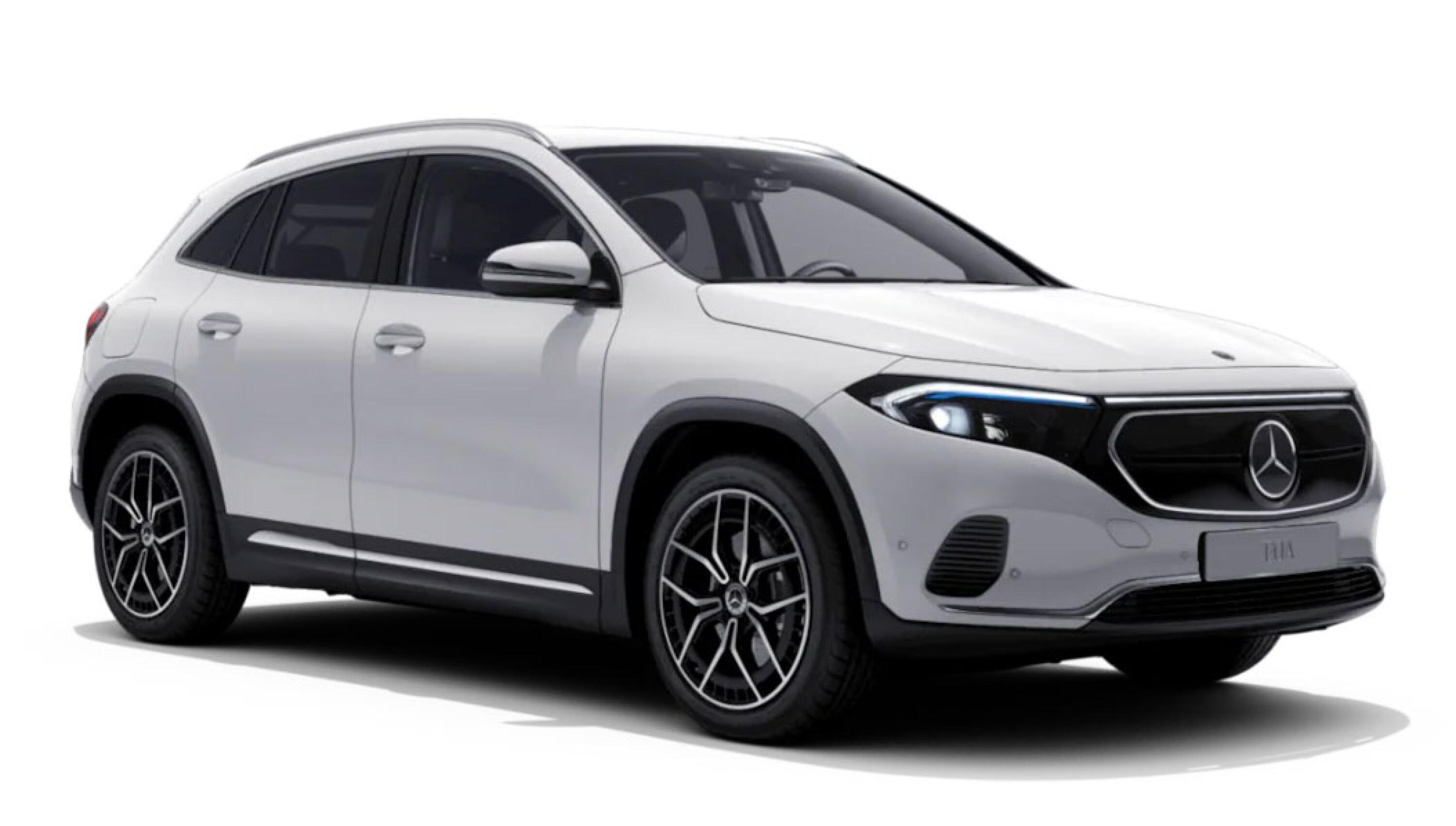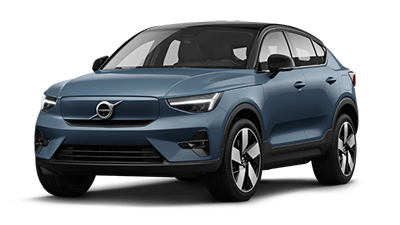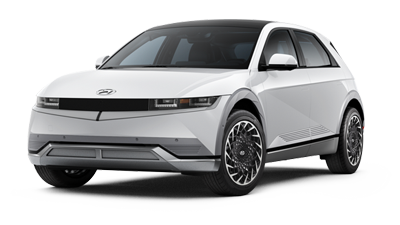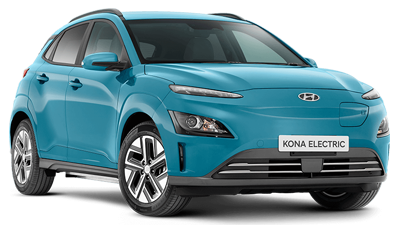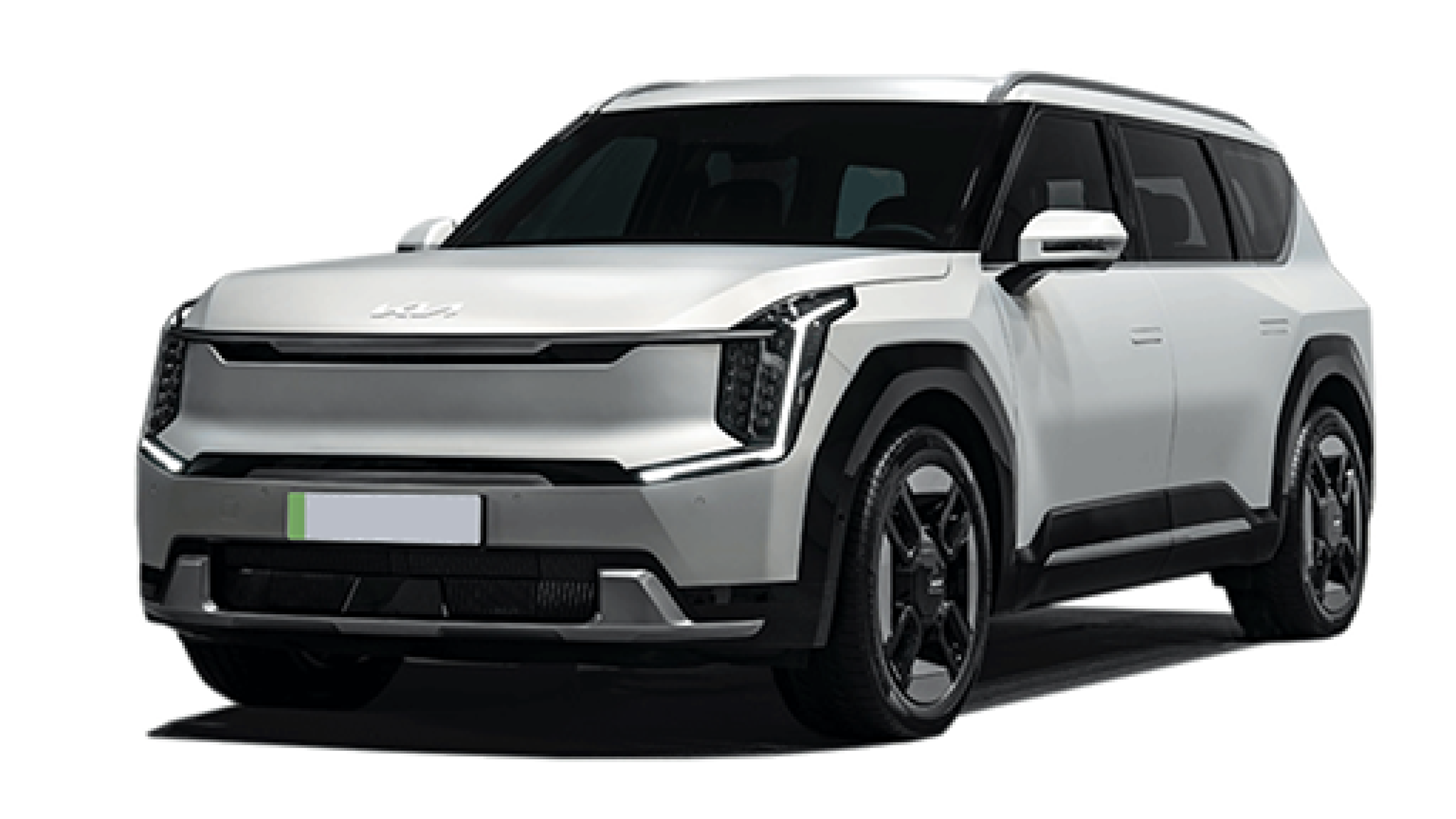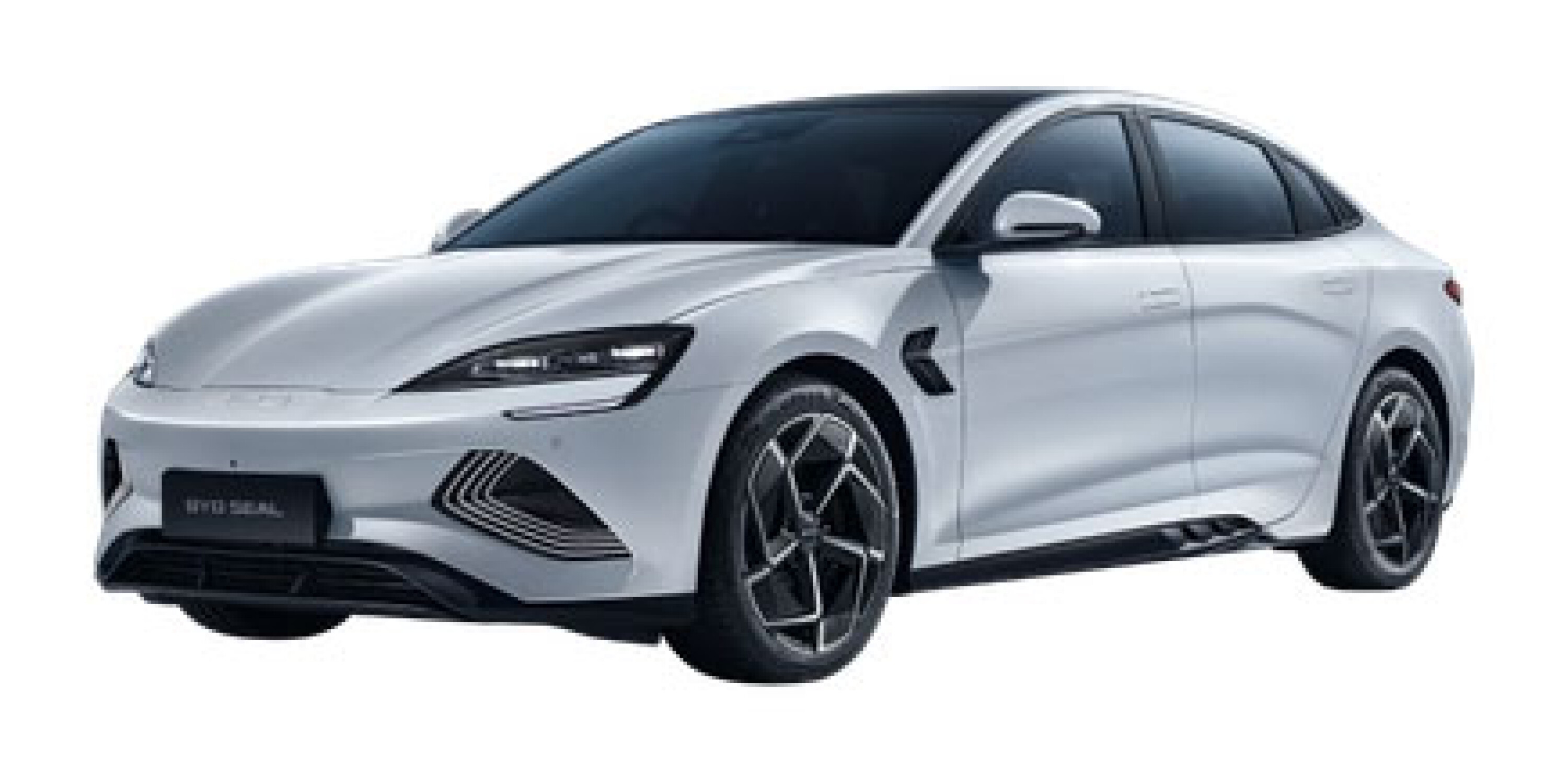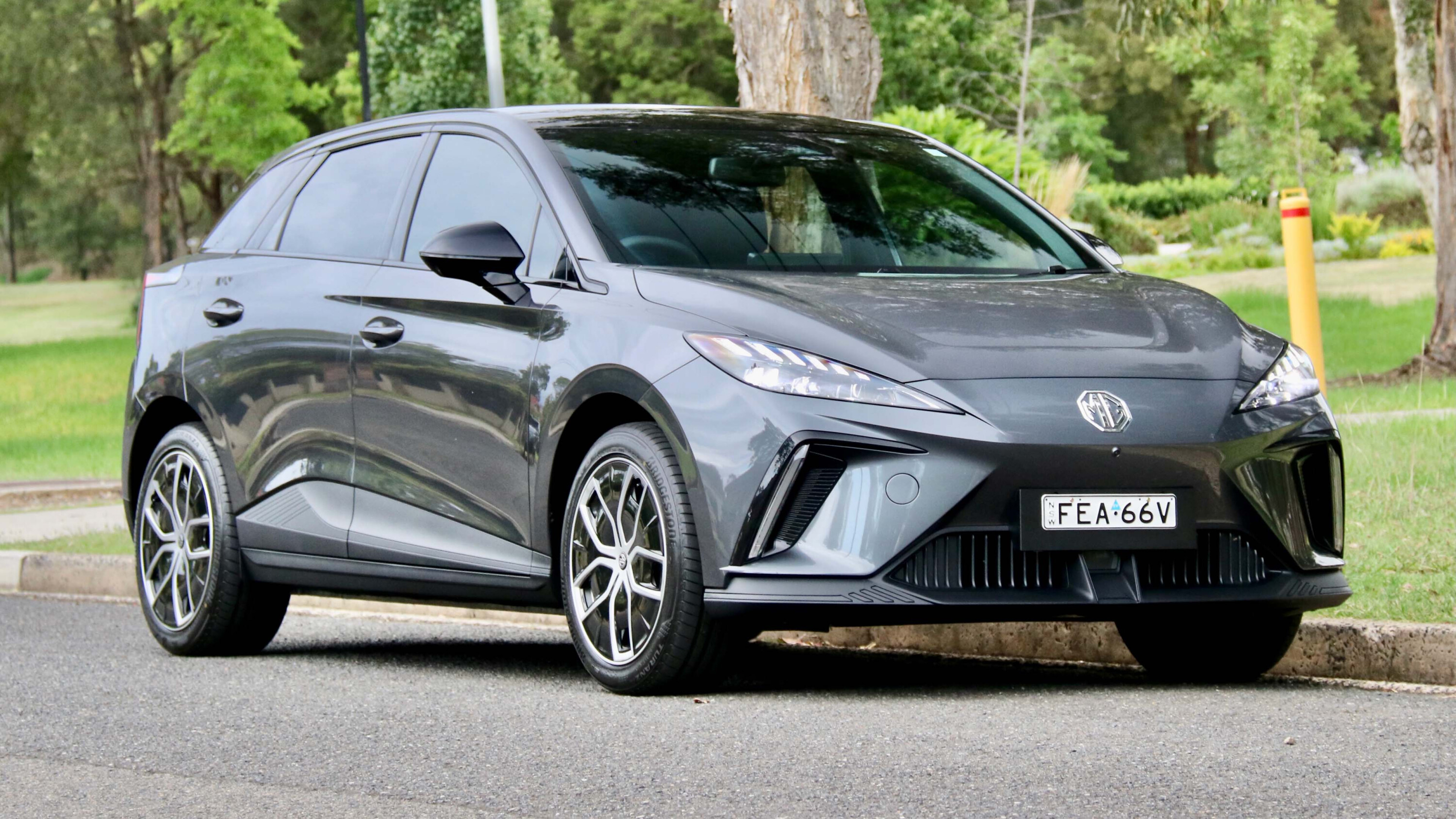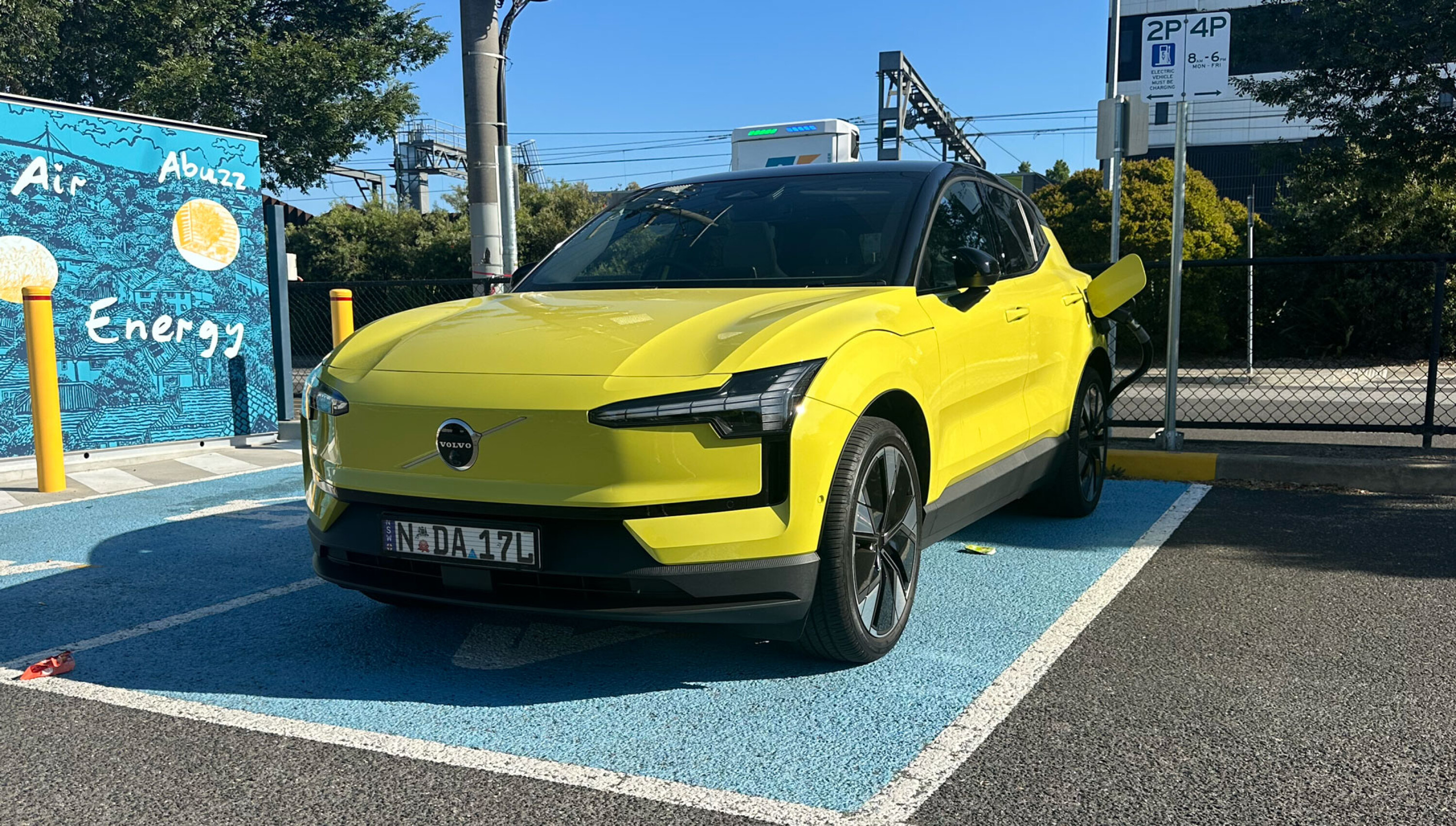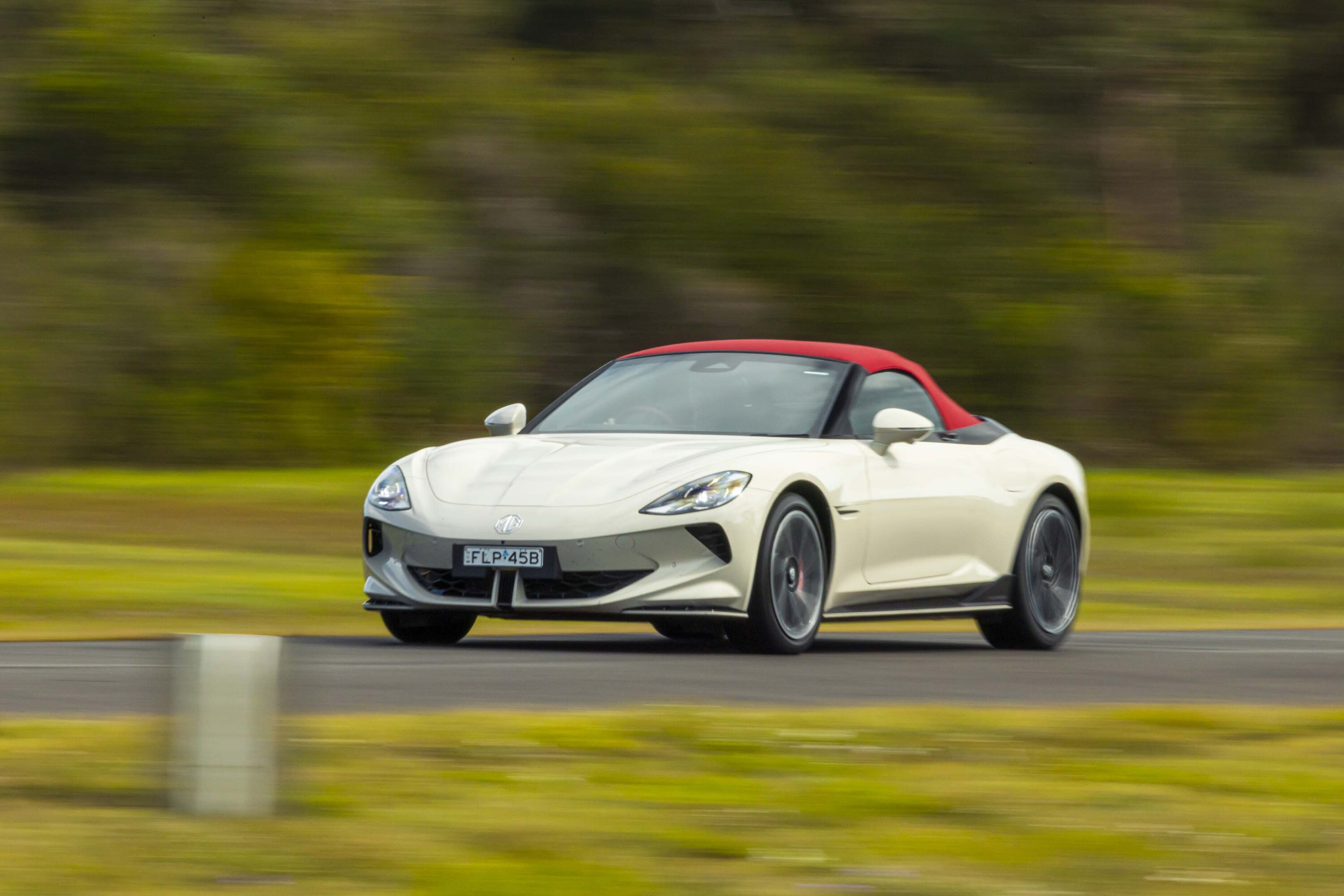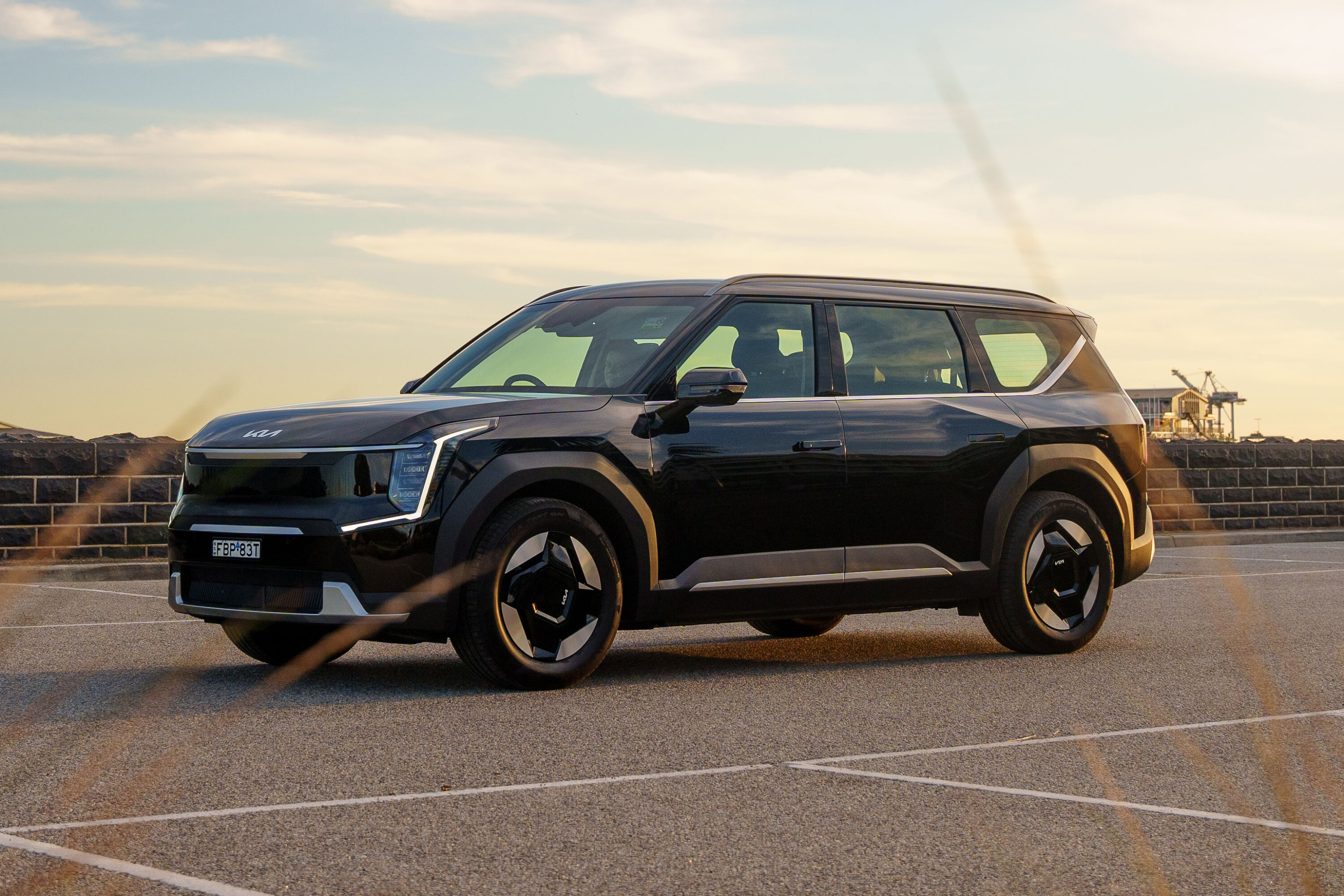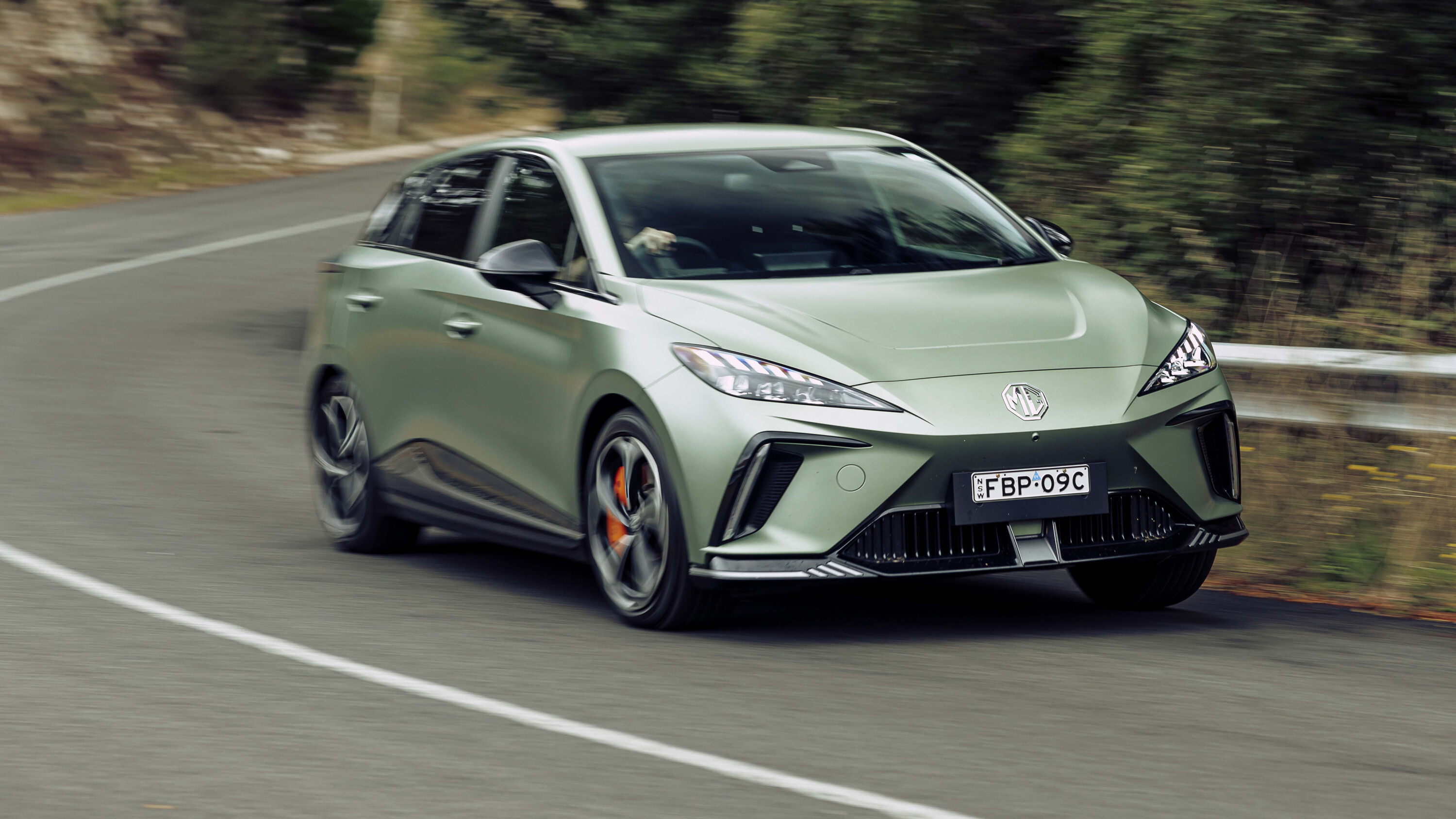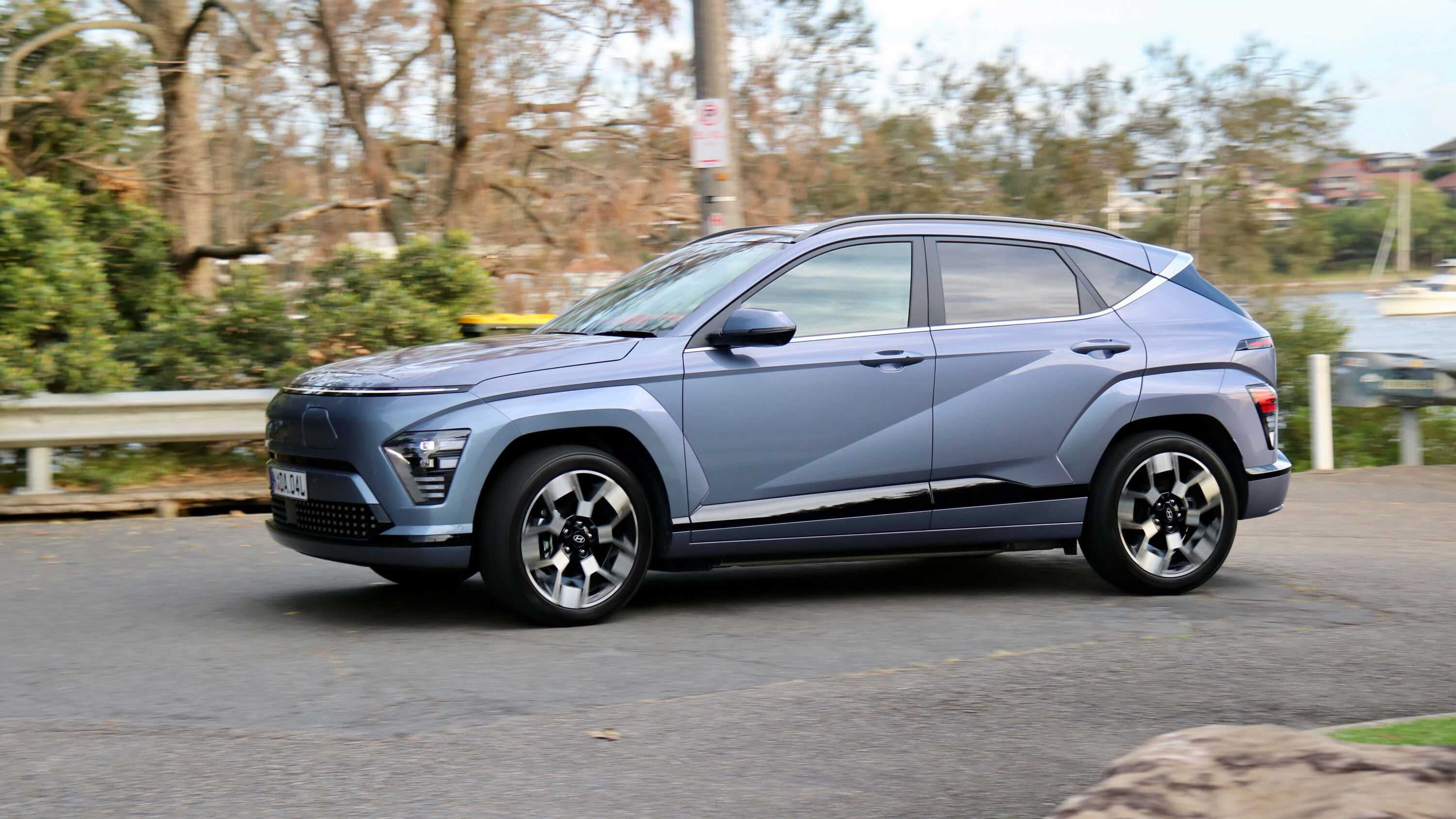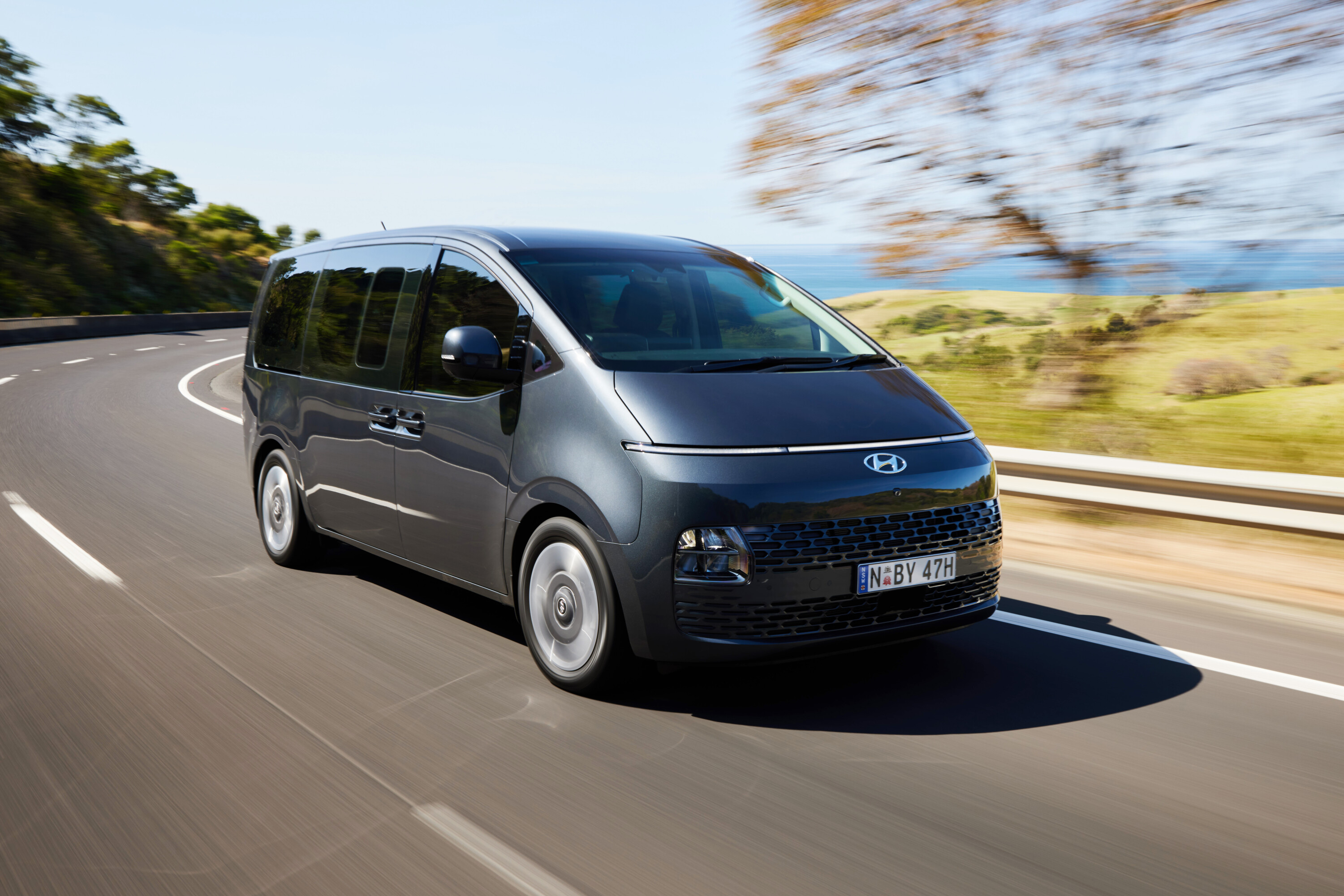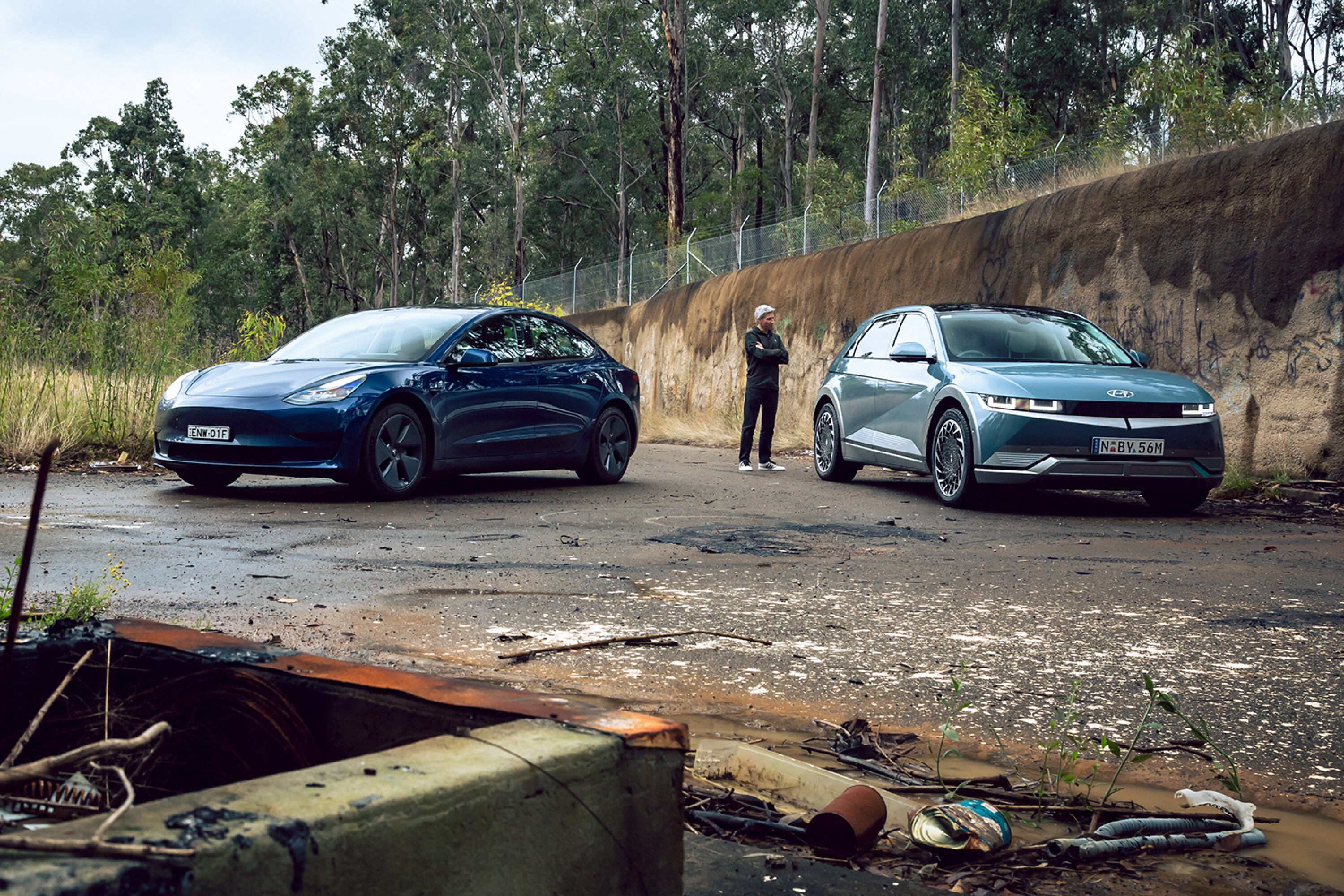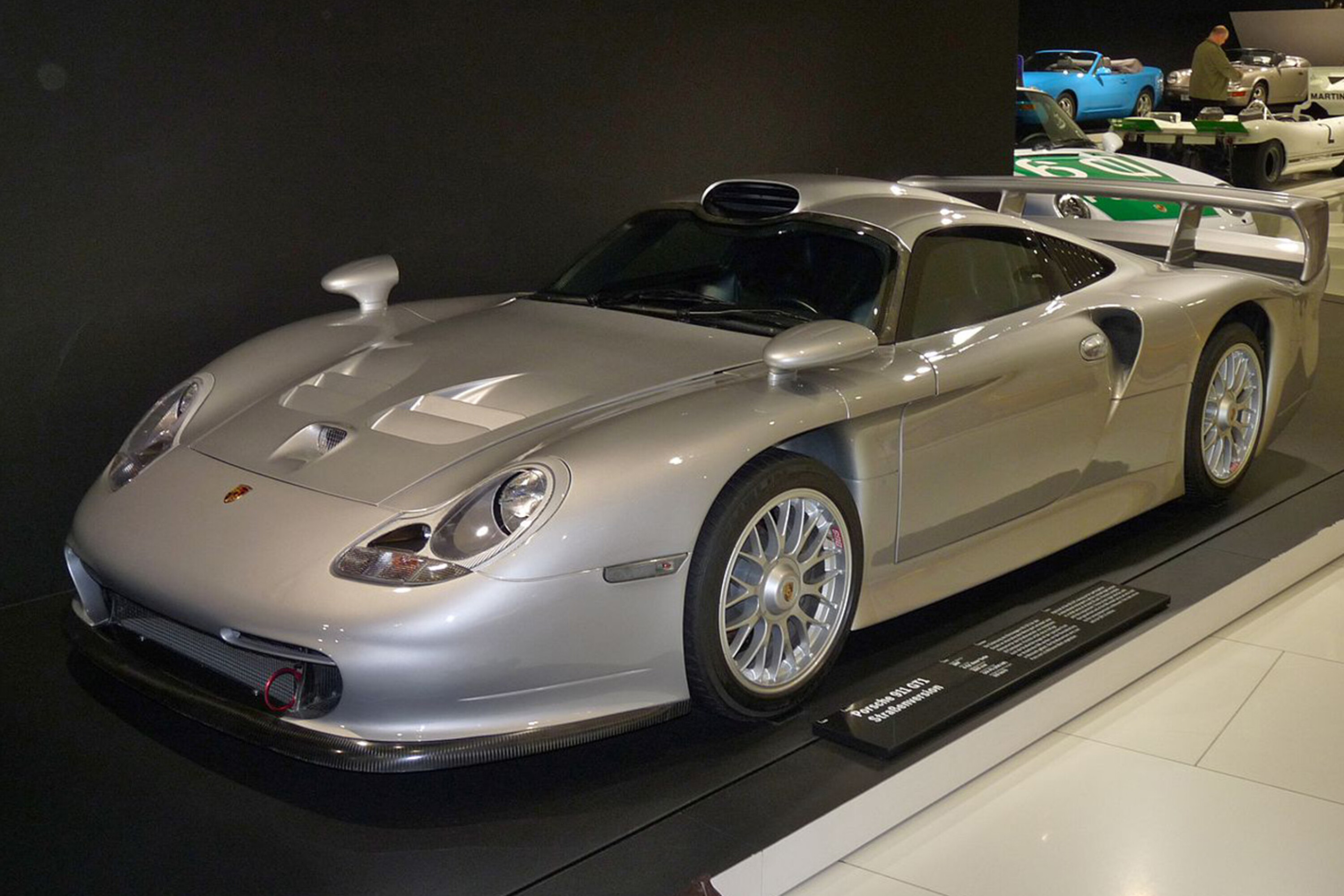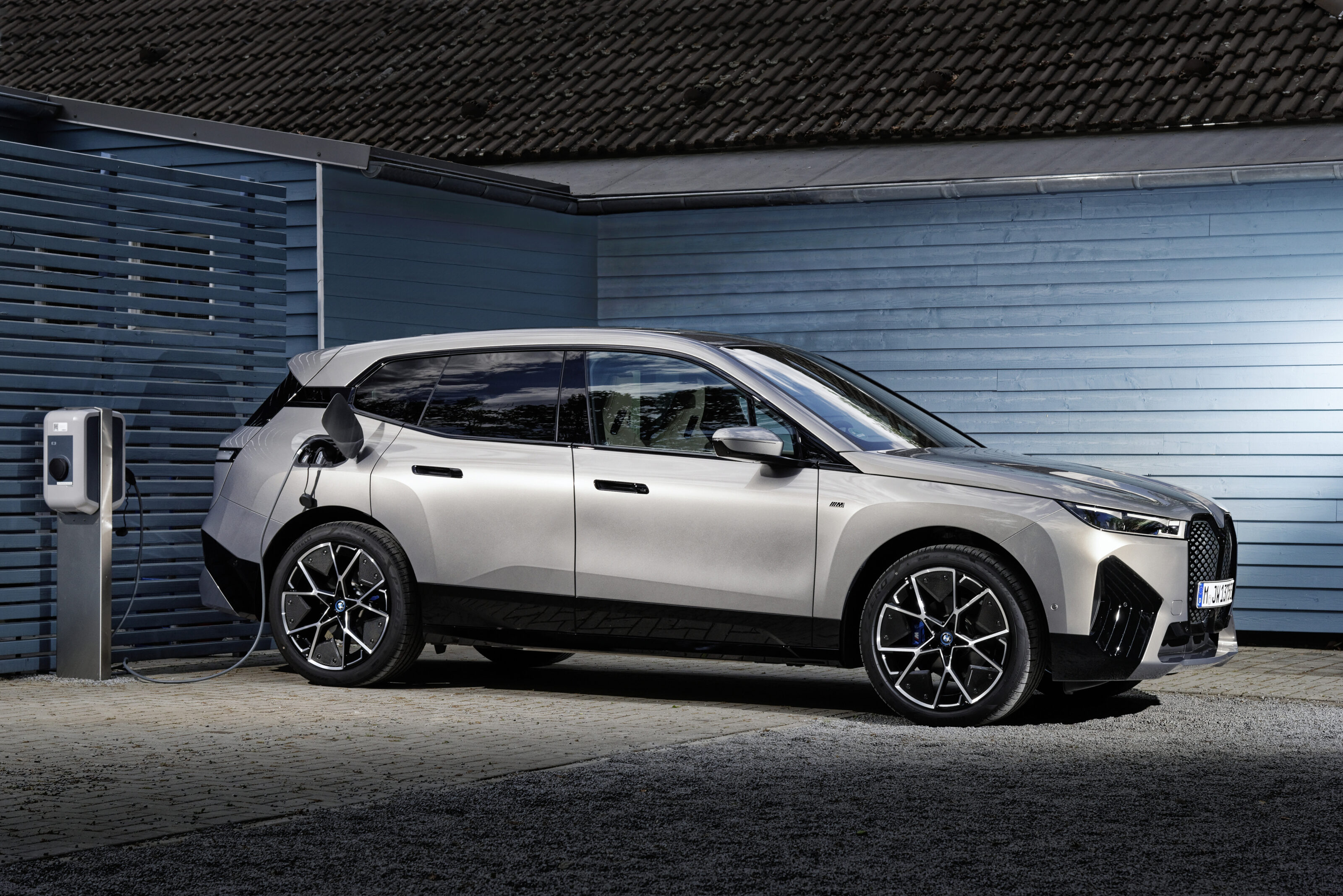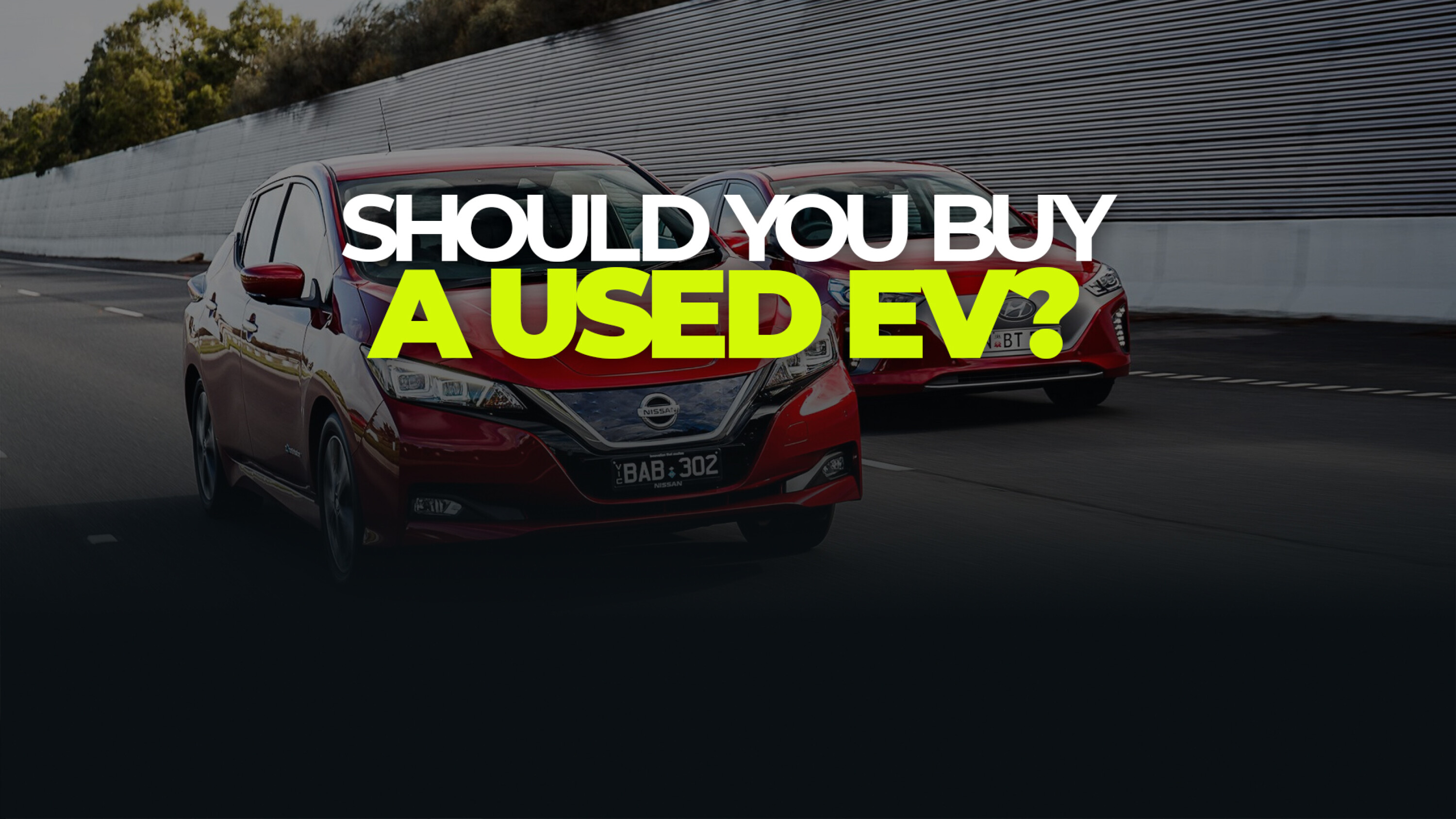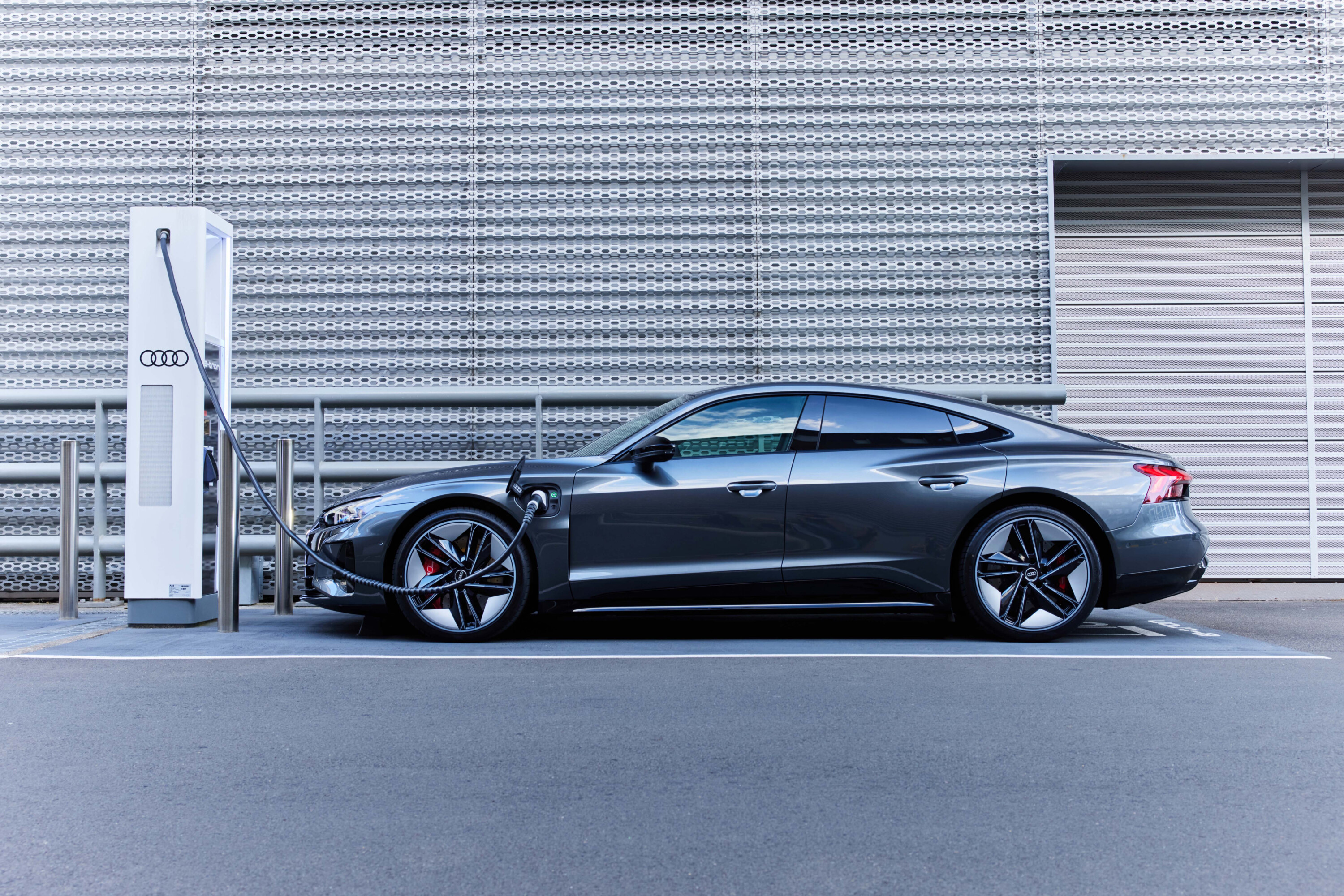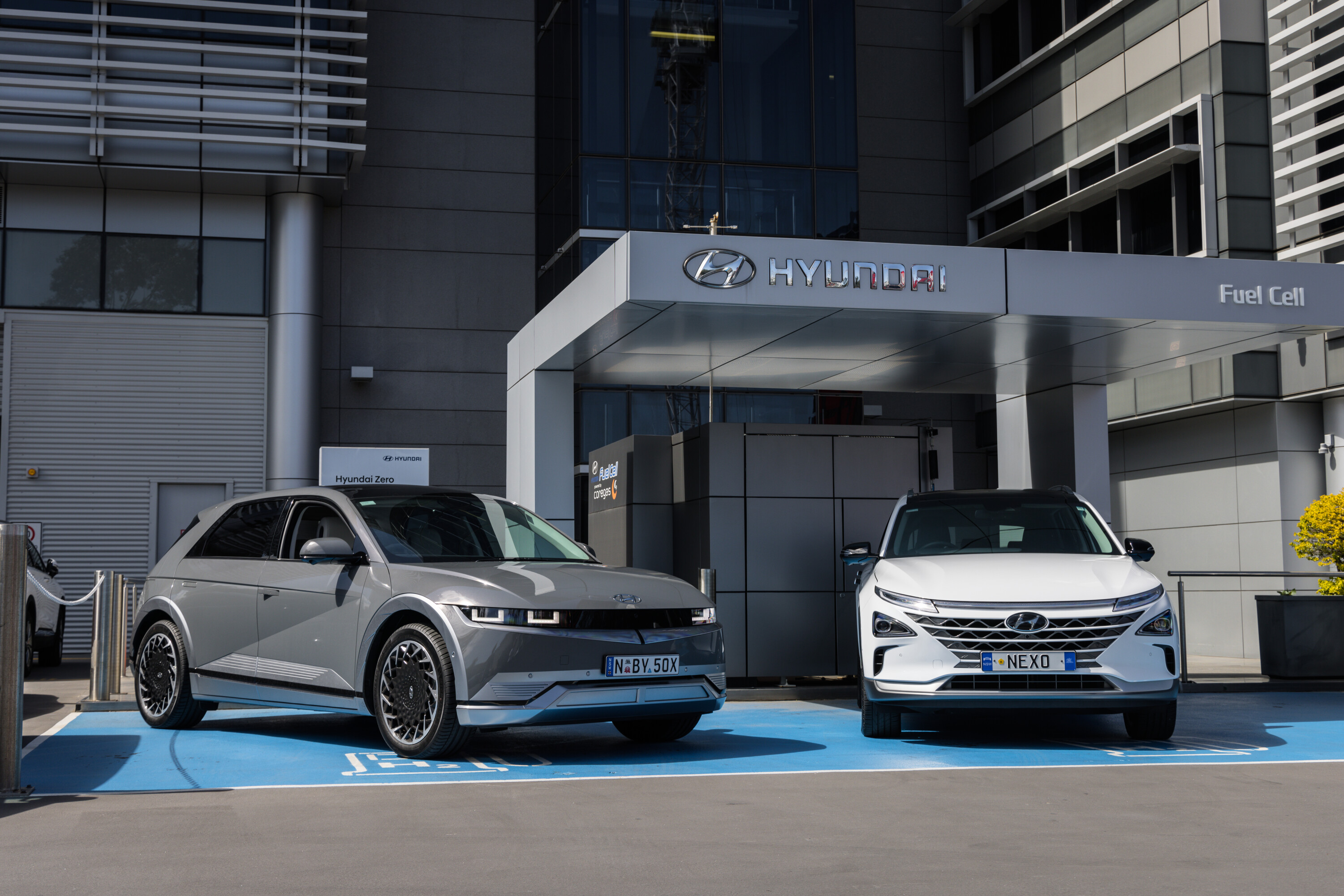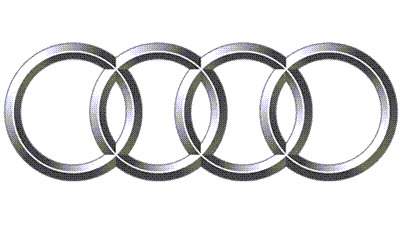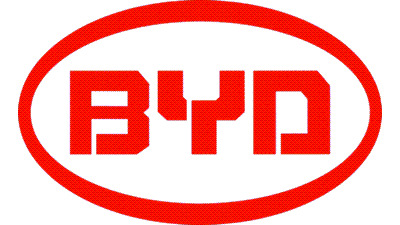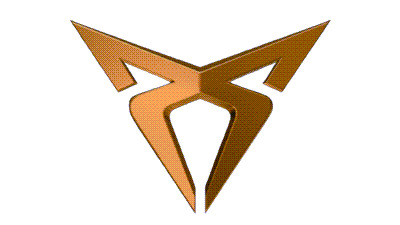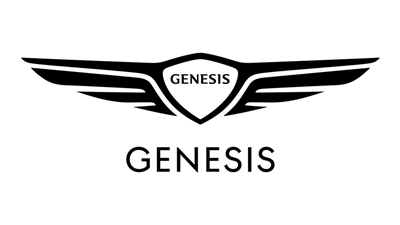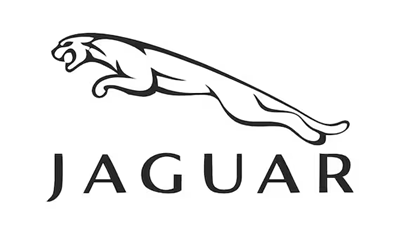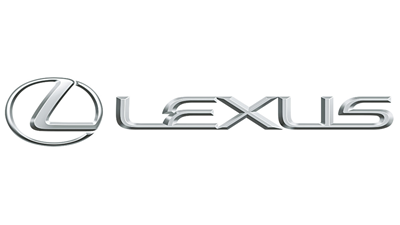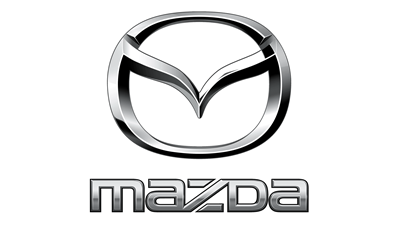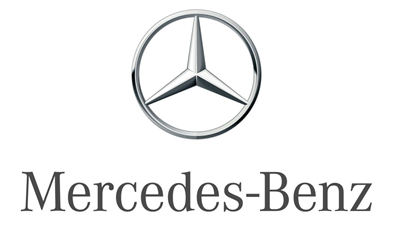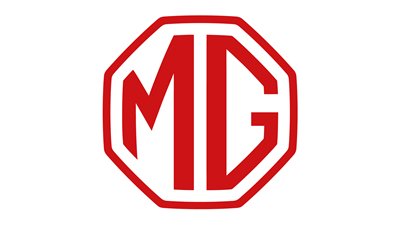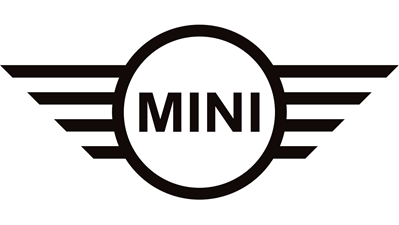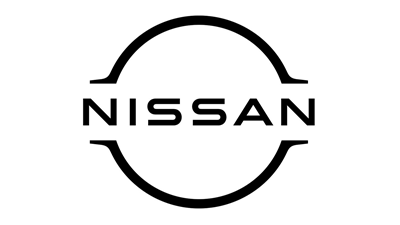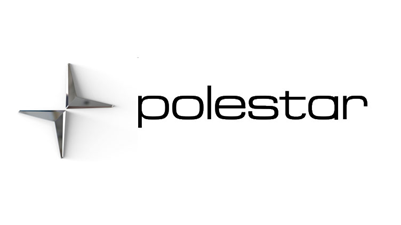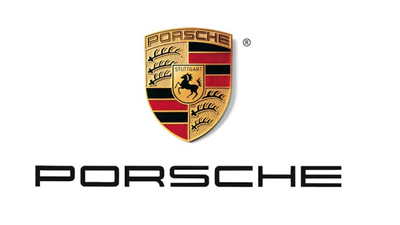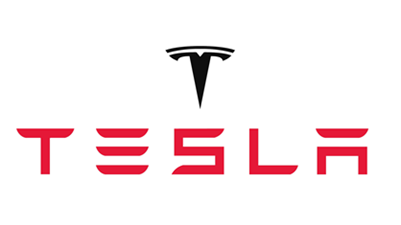EV news, reviews, videos & advice
- Home /
- Electric
EV OWNERSHIP TIPS
-
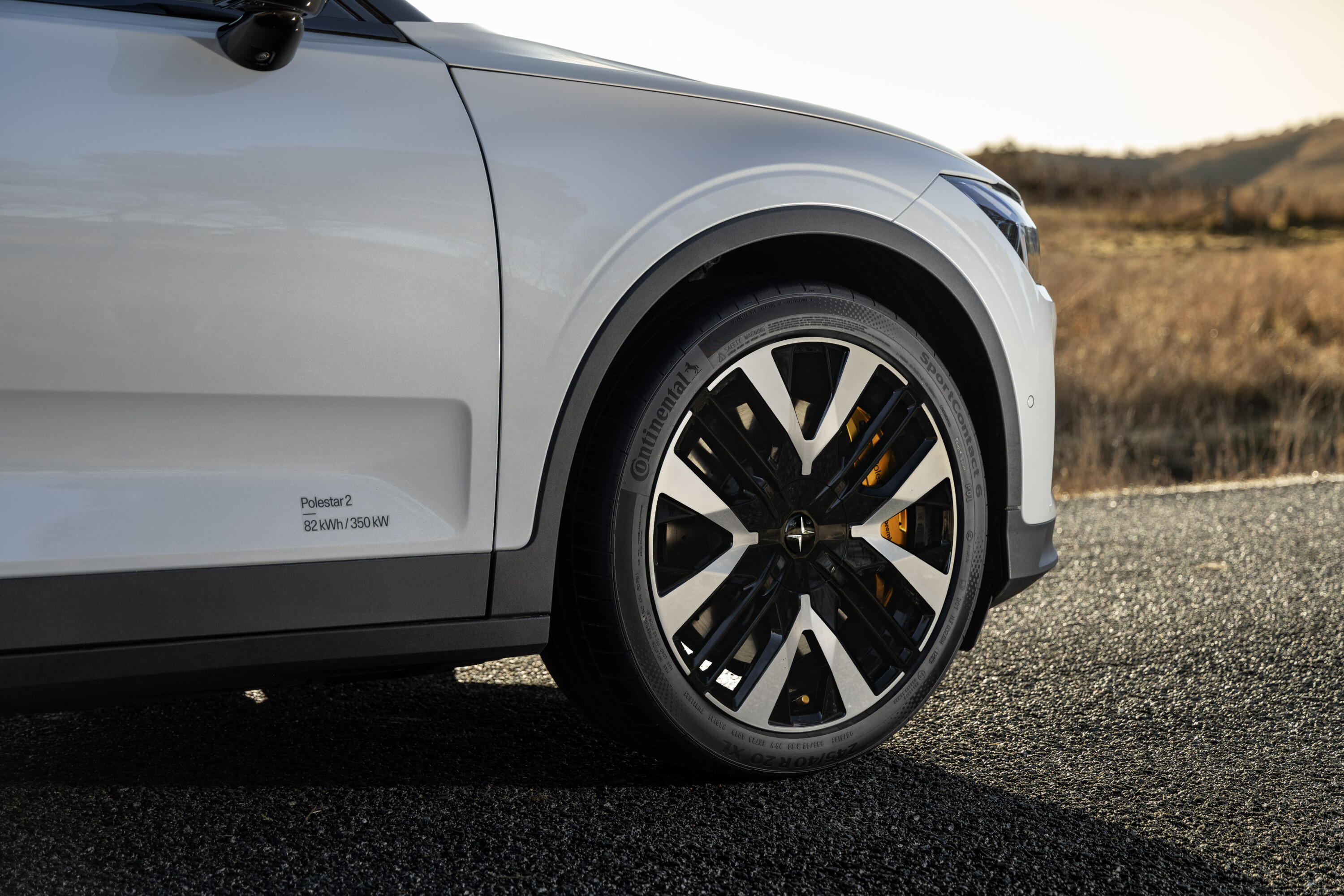 Advice
AdviceElectric car servicing explained: What do EVs cost to maintain?
Do electric cars need regular servicing? What does it include? Is it cheaper to maintain an EV than a petrol or diesel car? Find out in this handy guide
-
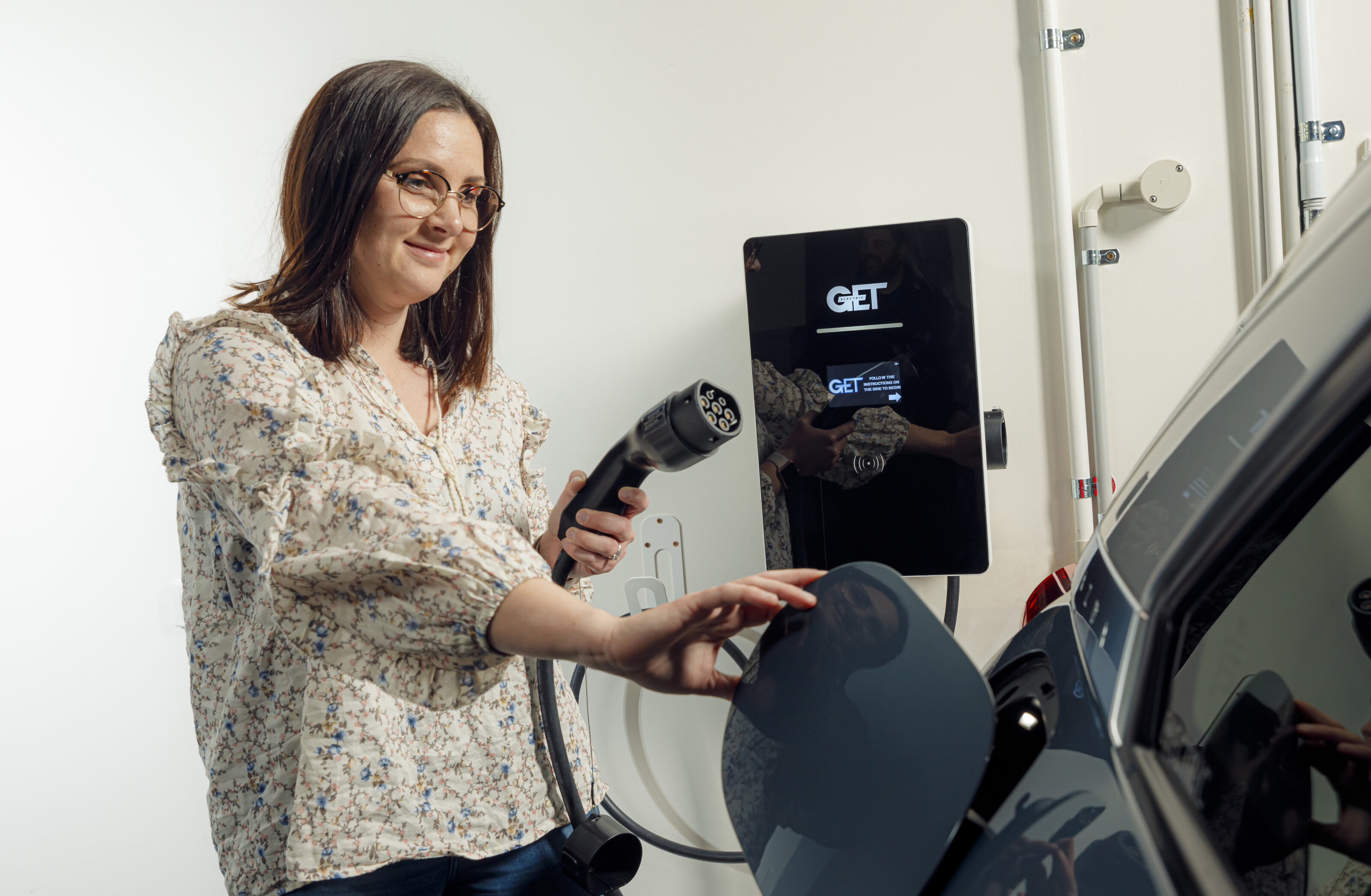 Advice
AdviceEV Charging Explained: Home & public charging, speed & plugs
Sponsored by GET Electric, this is a go-to guide to understand charging an EV at home or on the road
-
 Advice
AdviceHow much more expensive are electric cars in 2024?
As EV prices go down, ICE vehicles are going up. How big is the EV price premium today?
-
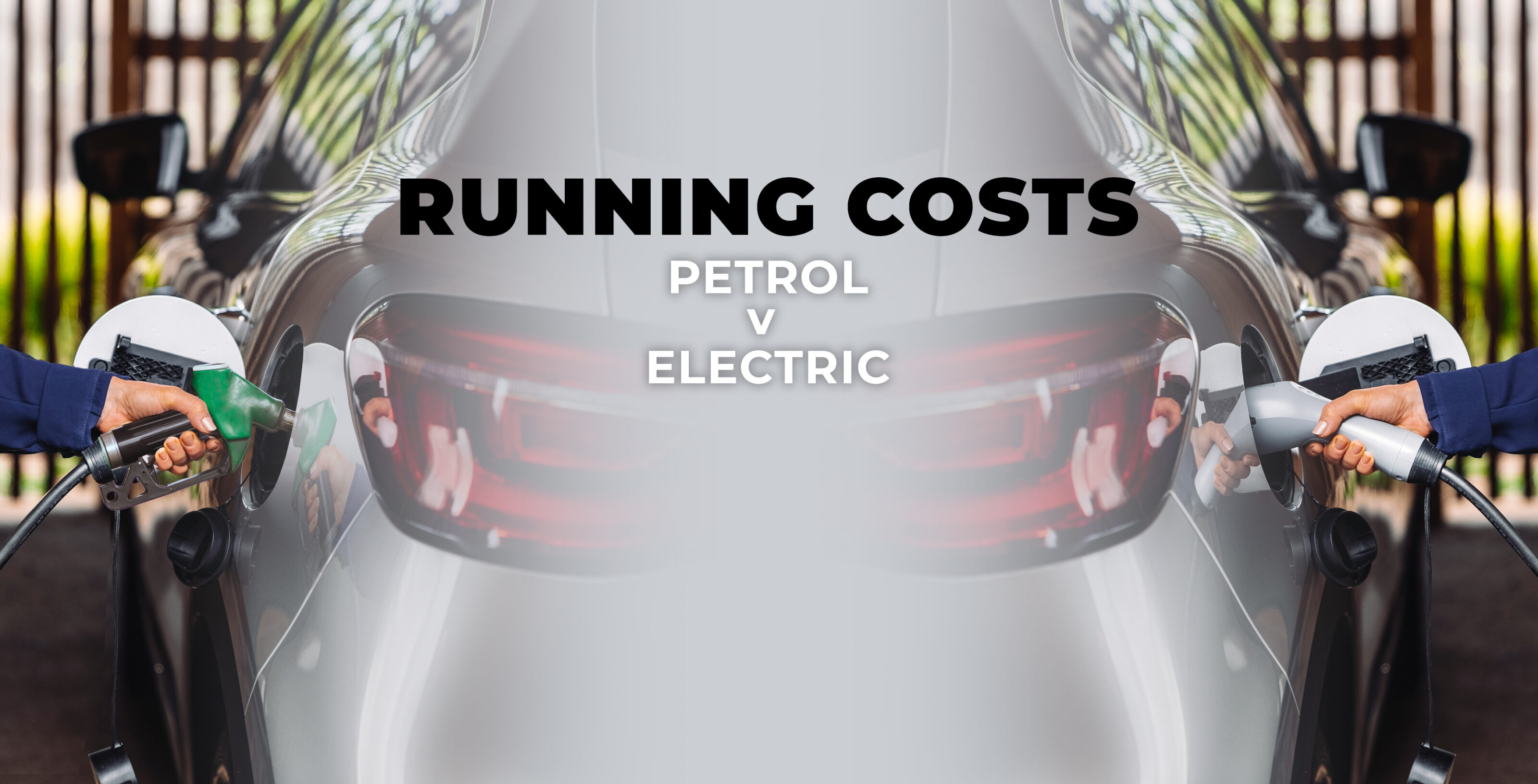 Advice
AdviceElectric v Petrol: How much does it cost to charge vs fuel a car?
What are the running costs of an electric vehicle when compared to the internal combustion engined cars we’ve known for so long?
-
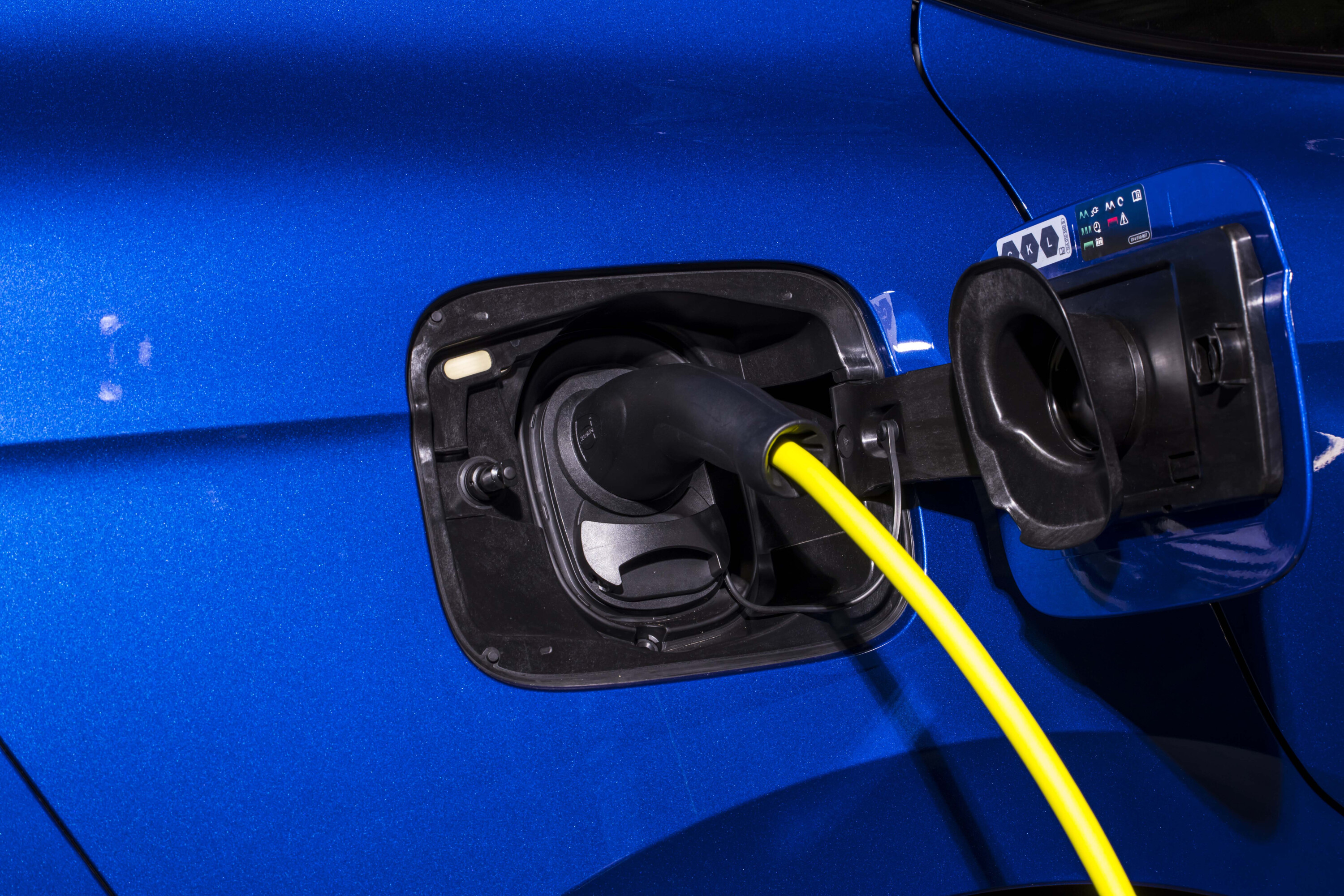 Advice
AdviceHow long does it take to charge an electric car?
-
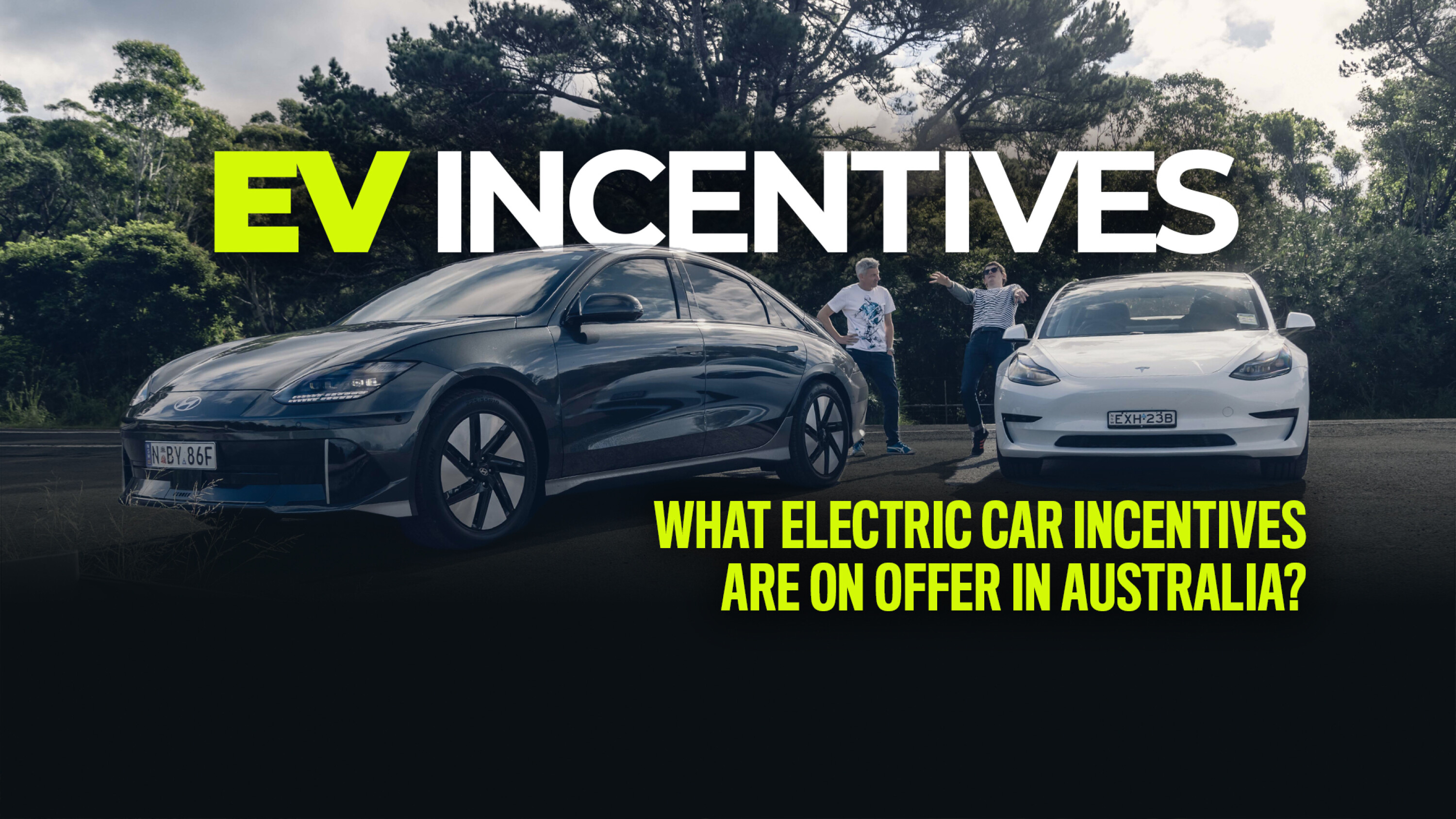 News
NewsWhat electric car incentives are on offer in Australia?
-
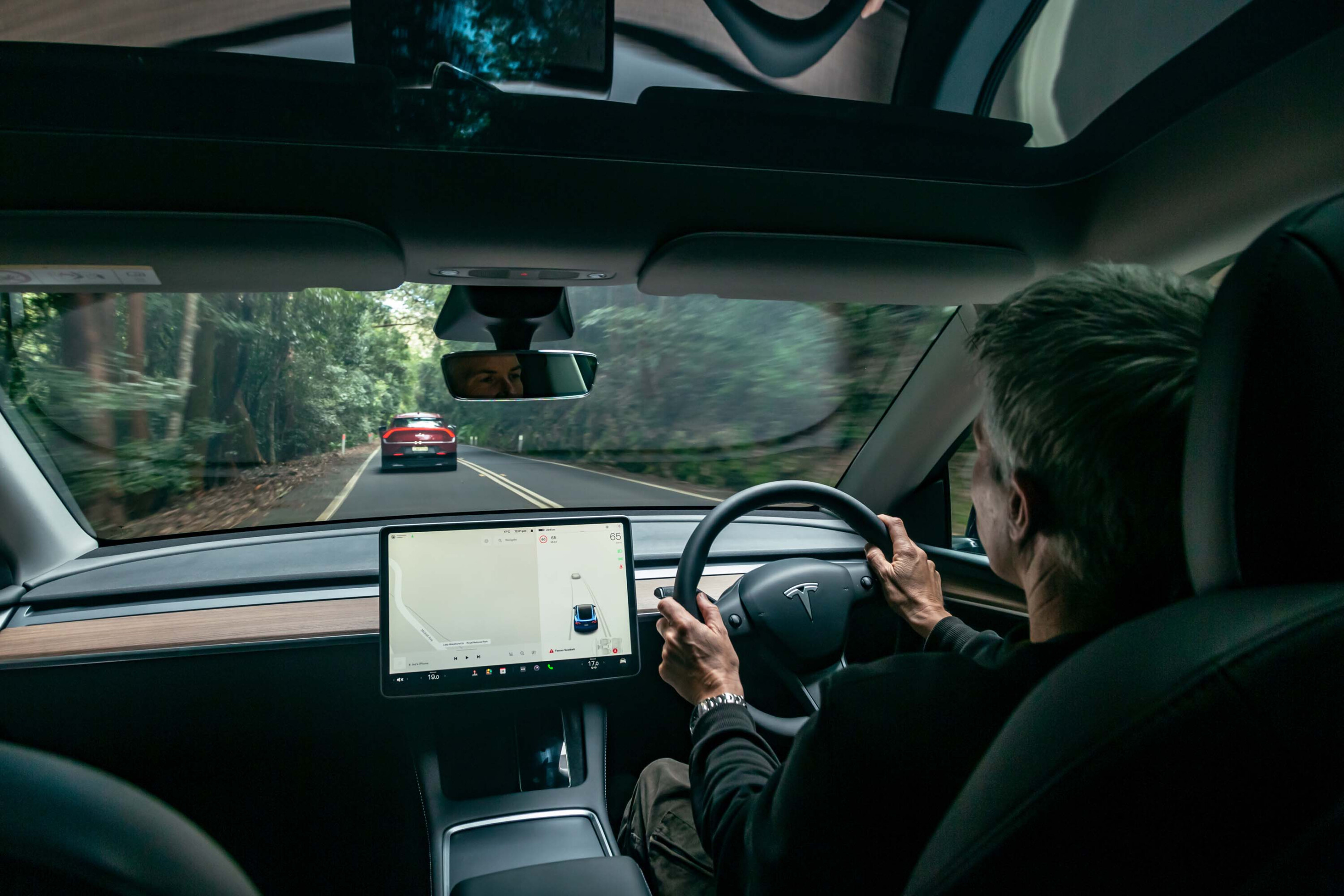 Advice
AdviceAre electric cars more expensive to insure?
-
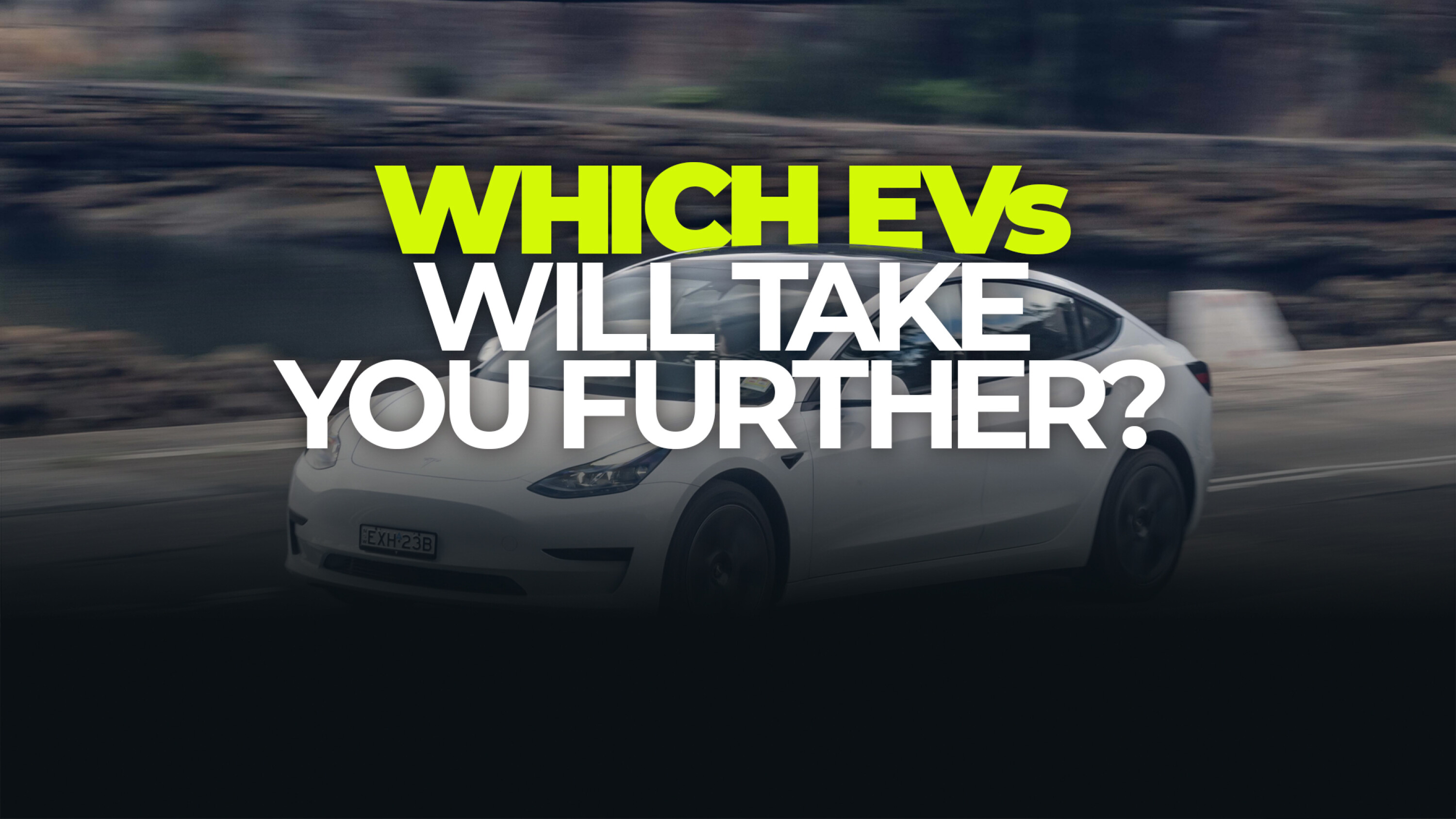 Advice
AdviceThe longest-range electric cars in Australia
Top 10 fastest-charging EVs in Australia
| Model | Usable battery capacity | Max slow charge speed (AC) | Max fast charge speed (DC) |
|---|---|---|---|
| Genesis GV60 | 74kWh | 10.5kW | 350kW* |
| Genesis Electrified GV70 | 74kWh | 10.5kW | 350kW* |
| Genesis Electrified G80 | 82.5kWh | 10.5kW | 350kW* |
| Hyundai Ioniq 5 Extended Range | 74kWh | 10.5kW | 350kW* |
| Hyundai Ioniq 6 | 74kWh | 10.5kW | 350kW* |
| Kia EV6 | 74kWh | 10.5kW | 350kW* |
| Lotus Eletre | 109kWh | 22kW | 350kW |
| Audi E-Tron GT | 85kWh | 11kW | 270kW |
| Porsche Taycan GTS/Turbo/Turbo S | 83.7kWh | 22kW | 270kW |
| Porsche Taycan Cross Turismo | 83.7kWh | 22kW | 270kW |
| *While the Hyundai Motor Group claims a 350kW DC peak for its 800-volt class based EVs, real-world tests consistently observe a maximum rate of around 240kW instead. | |||
Top 10 EVs by claimed driving range
| Model | Claimed WLTP range |
|---|---|
| Polestar 2 Long Range Single Motor | 654km |
| Mercedes-Benz EQS 450 4Matic liftback | 631km |
| Tesla Model 3 Long Range | 629km |
| BMW i7 xDrive60 M Sport | 625km |
| BMW iX xDrive50 Sport | 620km |
| Hyundai Ioniq 6 Dynamiq | 614km |
| Polestar 3 Long Range Dual Motor | 610km |
| Ford Mustang Mach-E Premium* | 600km |
| Lotus Eletre/Electre S | 600km |
| Polestar 2 Long Range Dual Motor | 591km |
| *Model launching soon in Australia | |
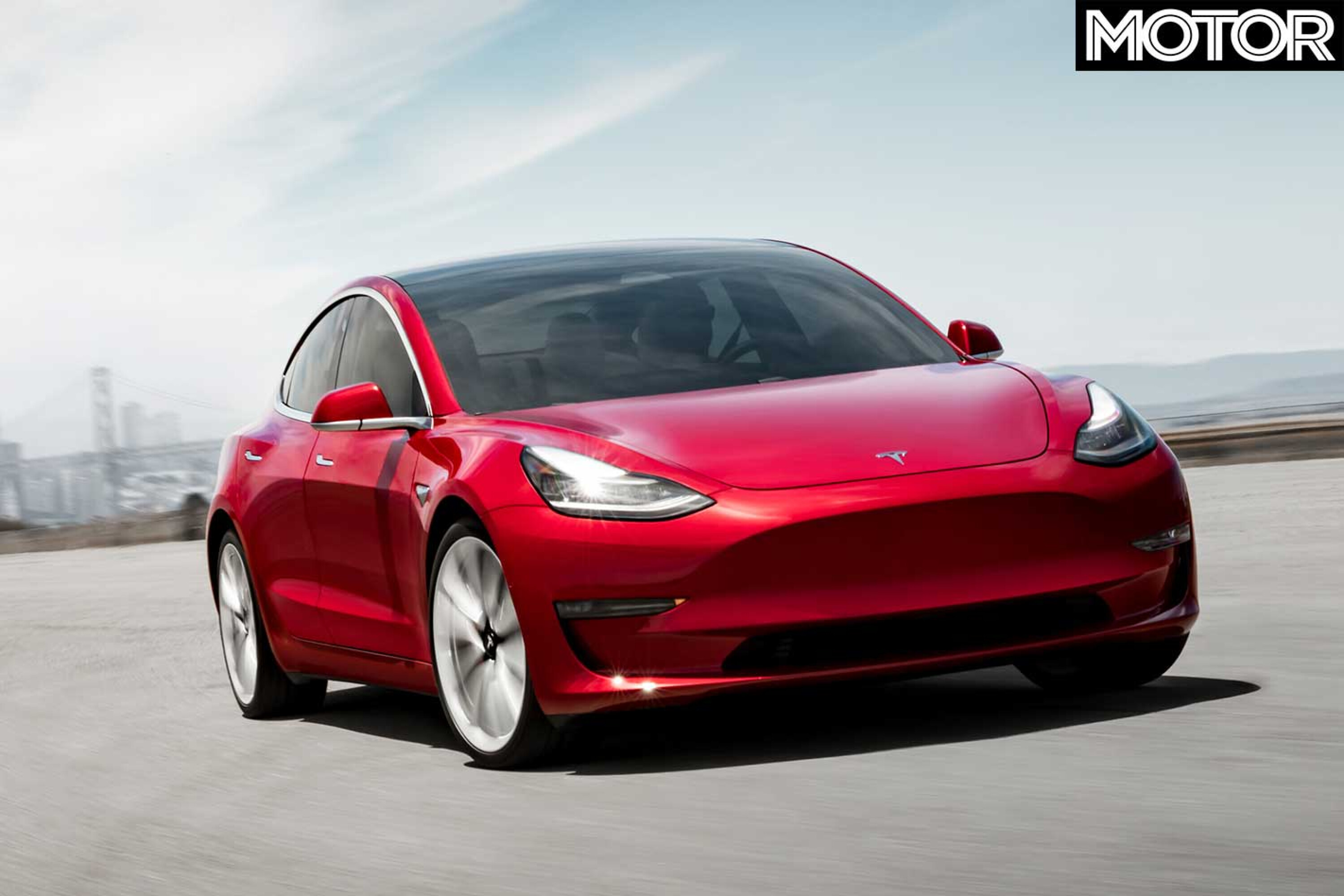
What do electric cars mean for Australian buyers?
Electric vehicles are rapidly becoming a force in the Australian market, not only for new-car buyers but also increasingly as worthy options for those shopping in the used-car market.
Of course, it’s taken decades of experimentation and development to finally make EVs a realistic option for the mass market. If not for a small quirk of fate, we might’ve been driving electric cars from the early part of the twentieth century – the world’s first electric car was made in the 1890s.
A hundred years later, and the tide is turning towards EVs again – and even though Australia lags behind the rest of the world, there is sufficient momentum locally to consider an EV as your next car.
It’s not all cut and dried yet – and there are still financial implications to consider – but if you’re considering an electric car for your next vehicle, you’ll find all the information right here.
Pictured: The upcoming Polestar 3, due in Australia by early 2024.
? Find an EV charger anywhere in Australia
The below map is produced by PlugShare. Wheels Media does not own or control the data shown.
Public fast charging costs (October 2023)
| Charging network and station speed | Price | Charging network and station speed | Price |
|---|---|---|---|
| Chargefox-owned 50kW DC | $0.45 per kWh | Evie Networks 50kW DC | $0.50 per kWh |
| Chargefox-owned 350kW DC | $0.60 per kWh | Evie Networks 350kW DC | $0.65 per kWh |
| BP Pulse 75kW DC | $0.55 per kWh (variable at some locations)* | Ampol AmpCharge 150kW DC | $0.69 per kWh |
| Tesla Supercharger 150kW/250kW DC (Tesla vehicles only) | ~$0.40 to $0.85 per kWh (variable at some locations)** | Tesla Supercharger 150kW/250kW DC (non-Tesla vehicles) | ~$0.75 to $0.85 per kWh*** |
| *Fixed rate shown for most sites. Some locations may vary pricing depending on the time of day. | |||
| **Price depends on location. Selected sites vary pricing depending on the time of day and demand. Idle fees may apply. Check the Tesla app for exact rates. | |||
| ***Fixed price depends on location. Non-membership pricing shown and idle fees may apply. Check the Tesla app for exact rates. Only select sites are open to all EV models. | |||

Are Aussies embracing EVs?
? EV sales in Australia over the past 12 months
While Australian sales of electric vehicles are growing each month, their relatively high prices means they still hold only a tiny share of the new-car market.
Slow growth is also likely impacted by hesitation driven by range anxiety and battery longevity.
? EV sales vs petrol, diesel and hybrid
Petrol remains the most popular option by far – thanks primarily to the number of affordable models available – but EV sales are showing clear growth.
